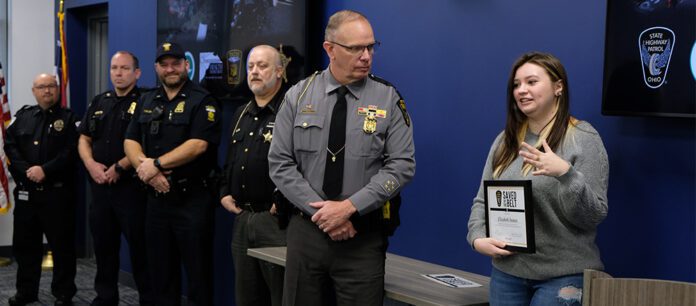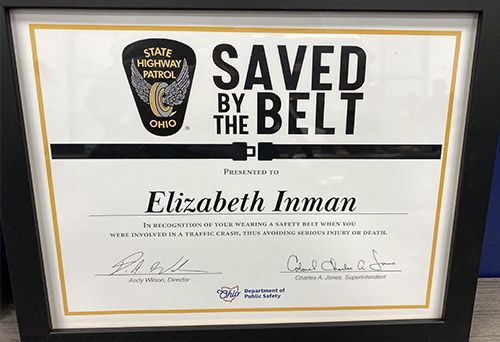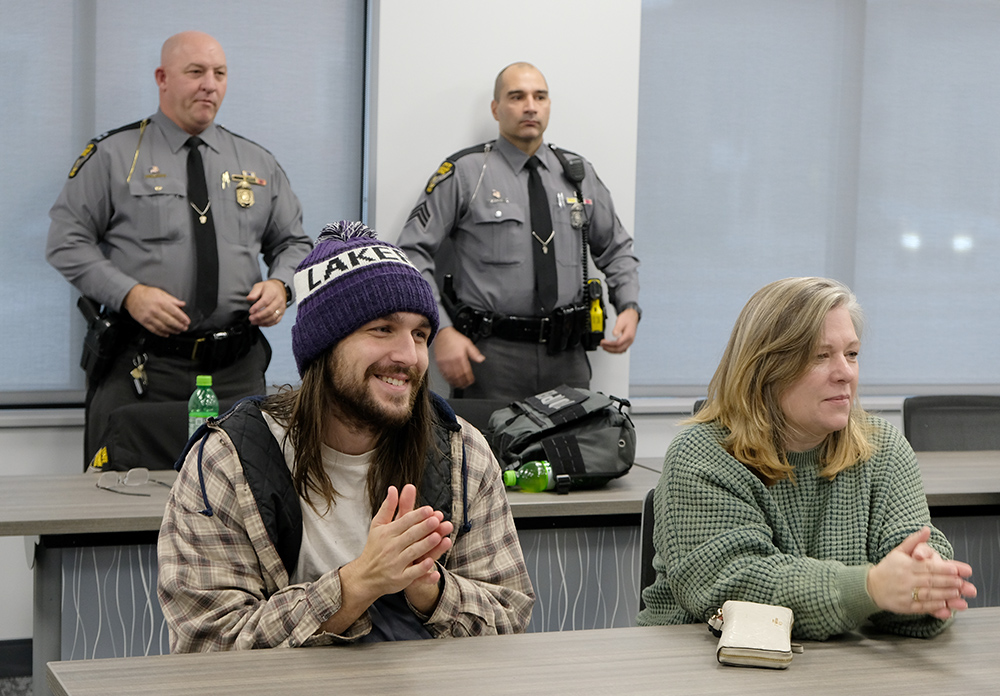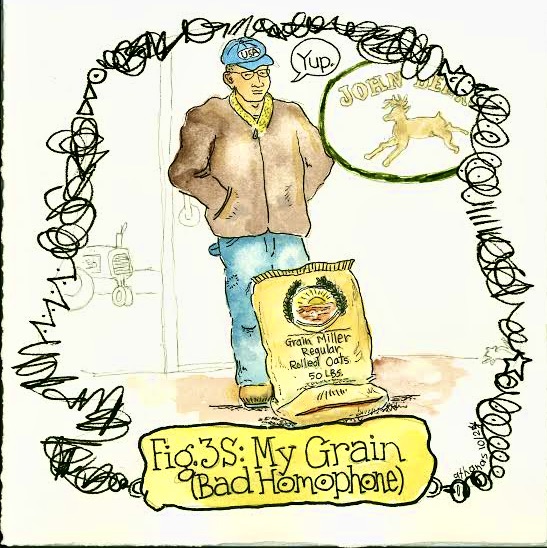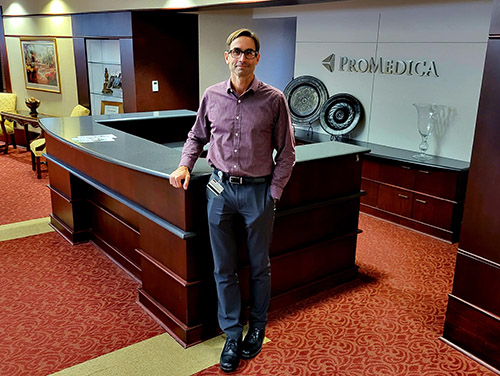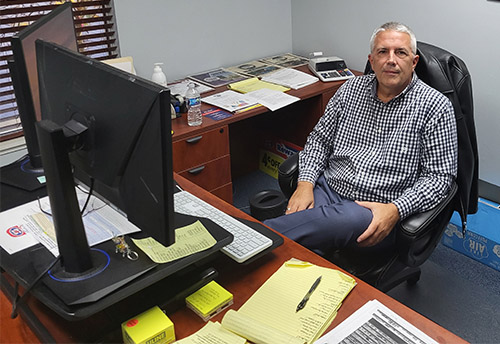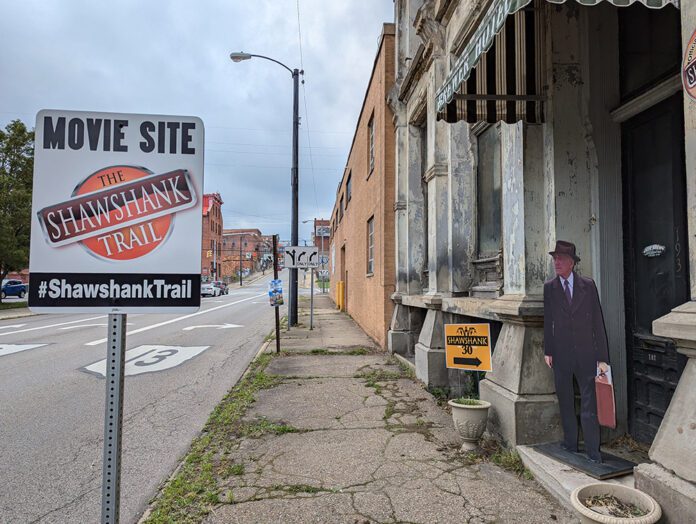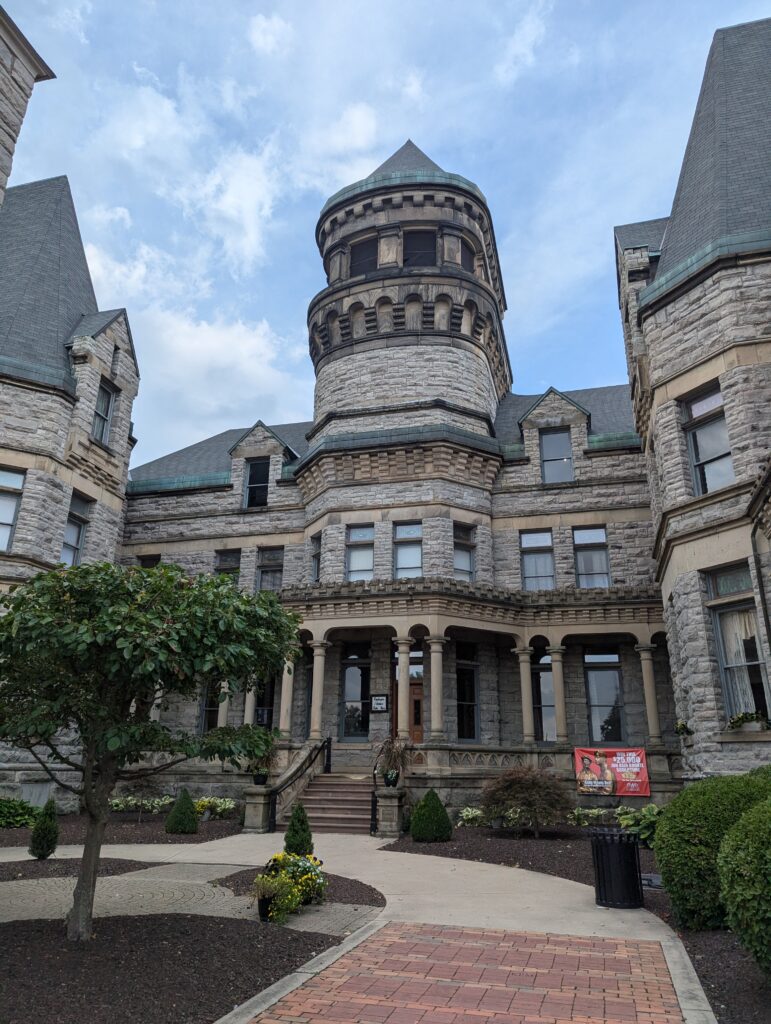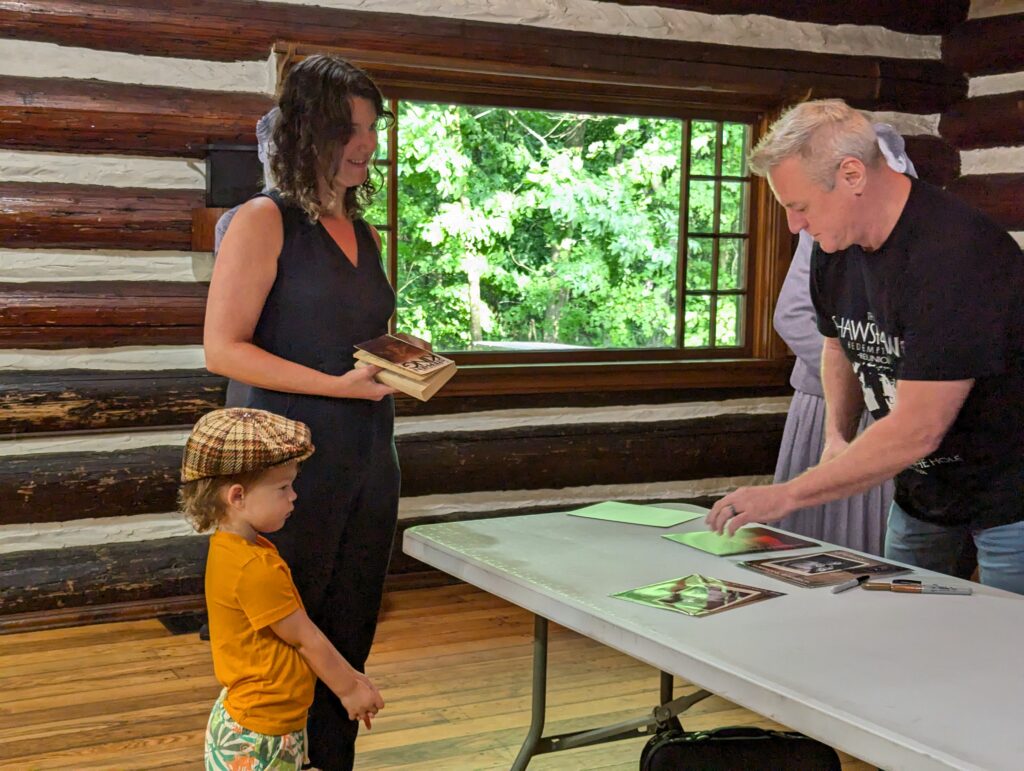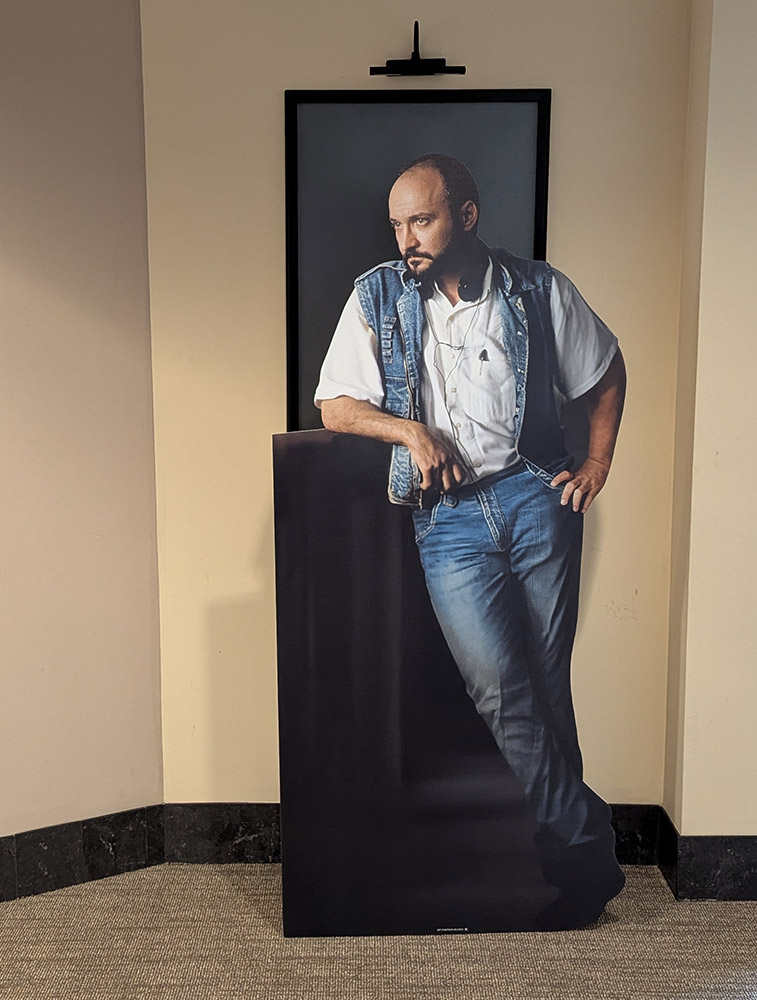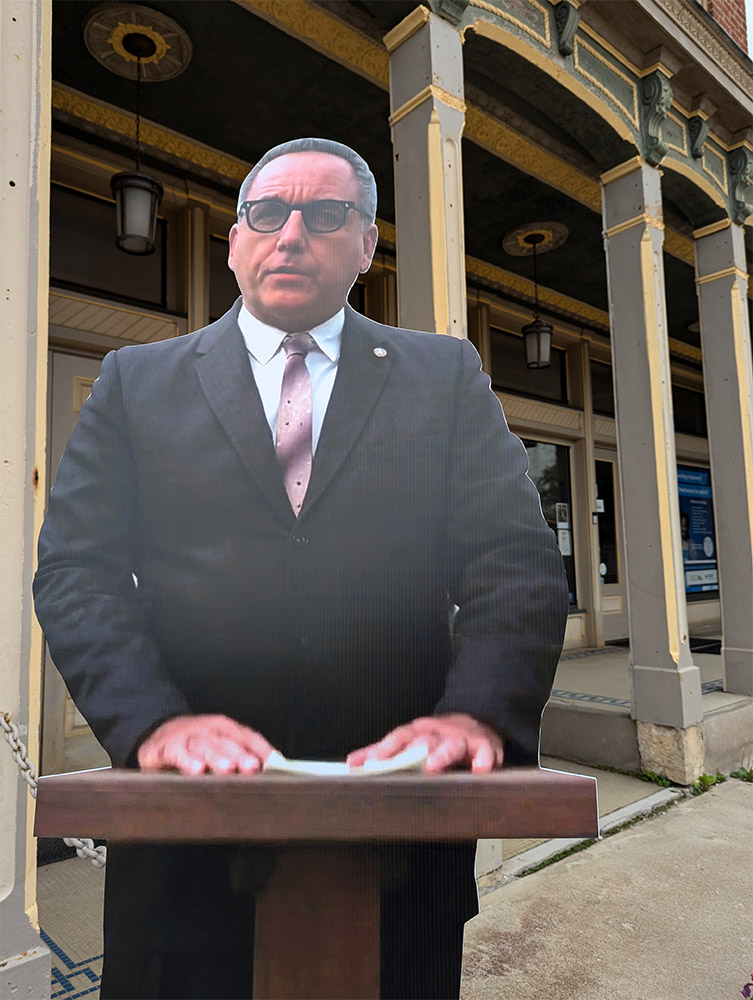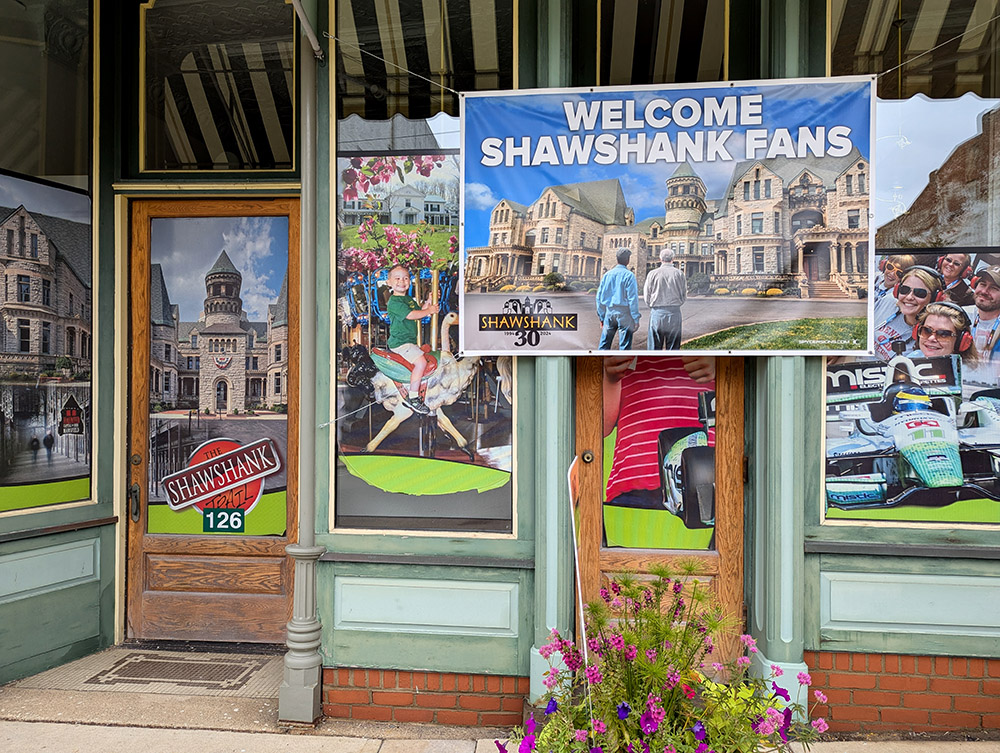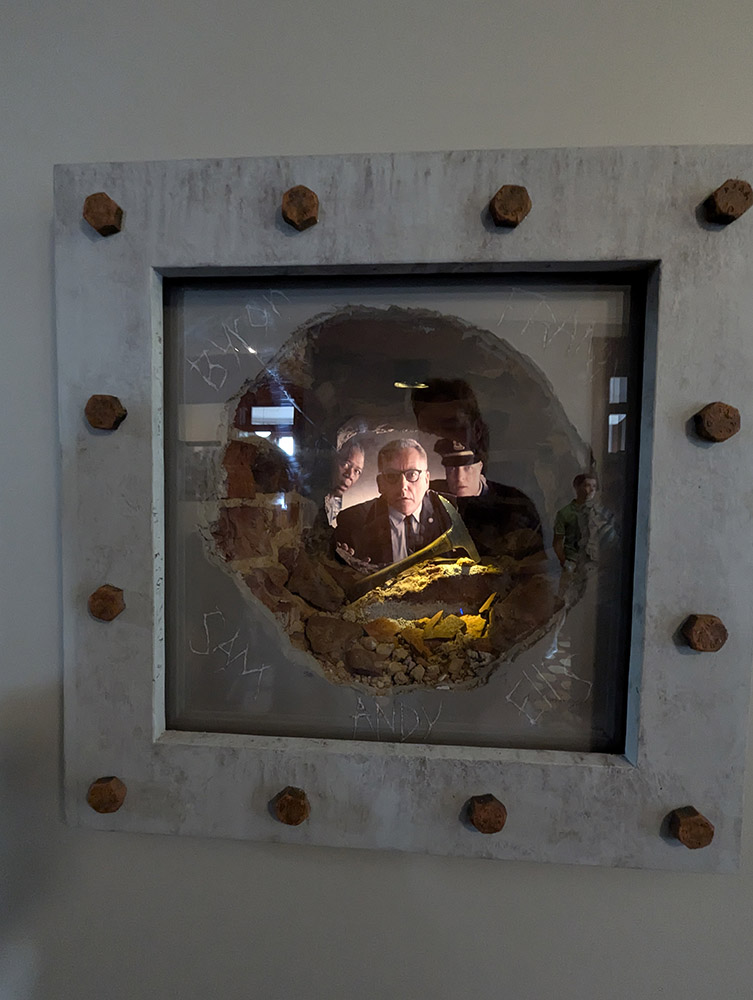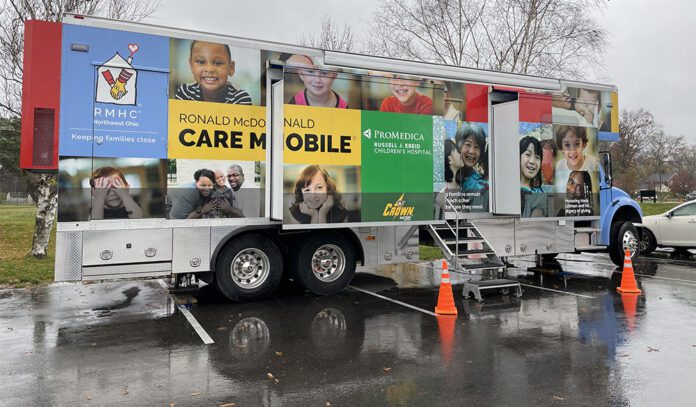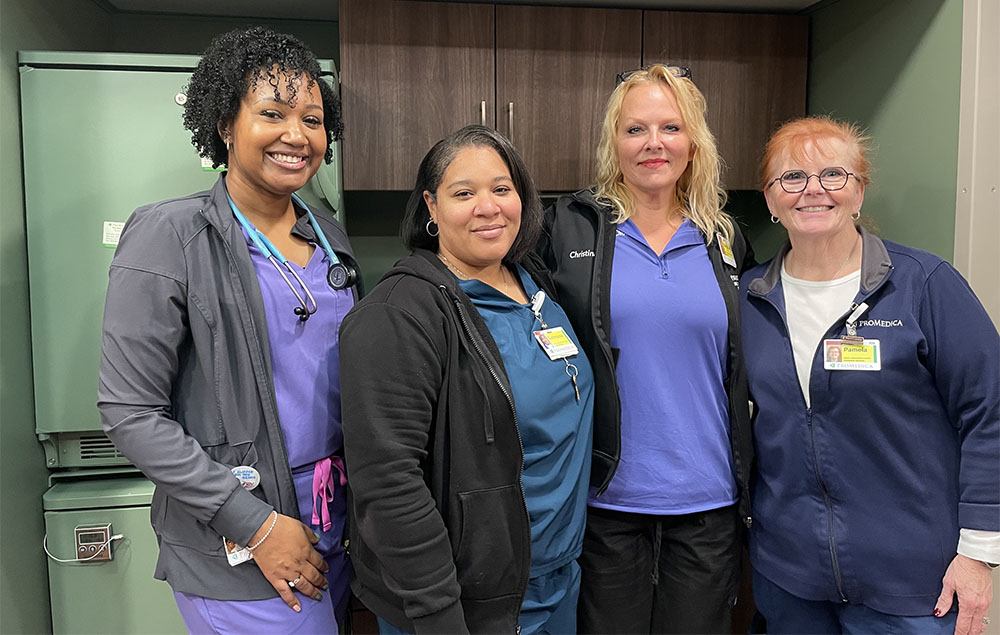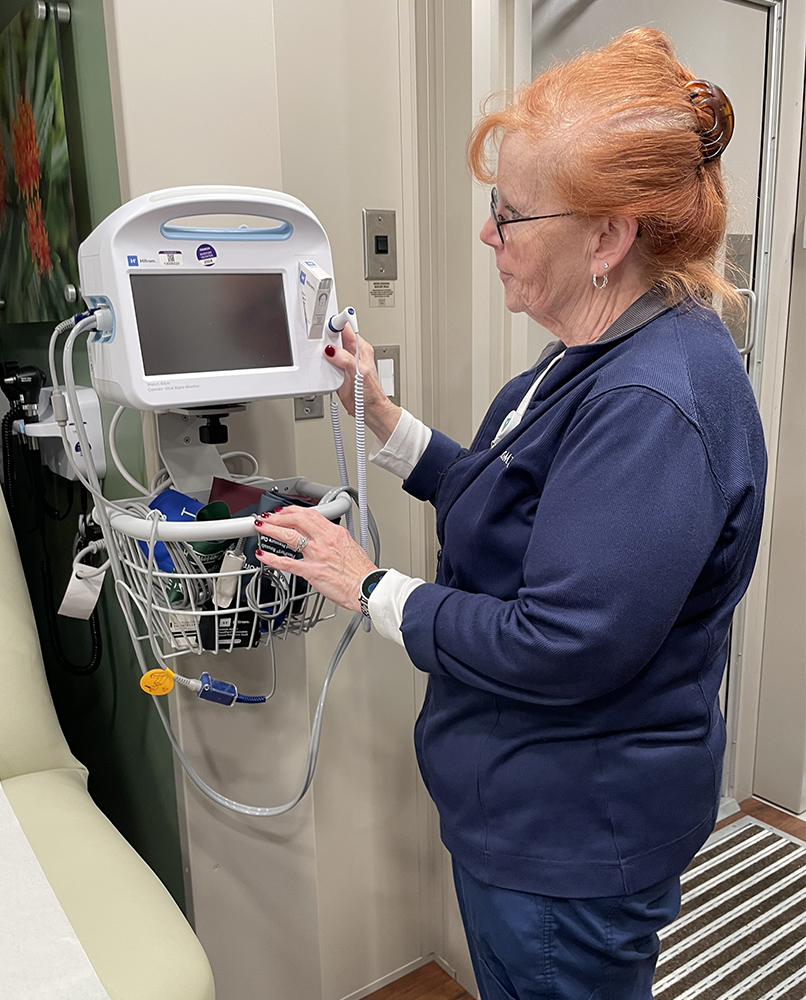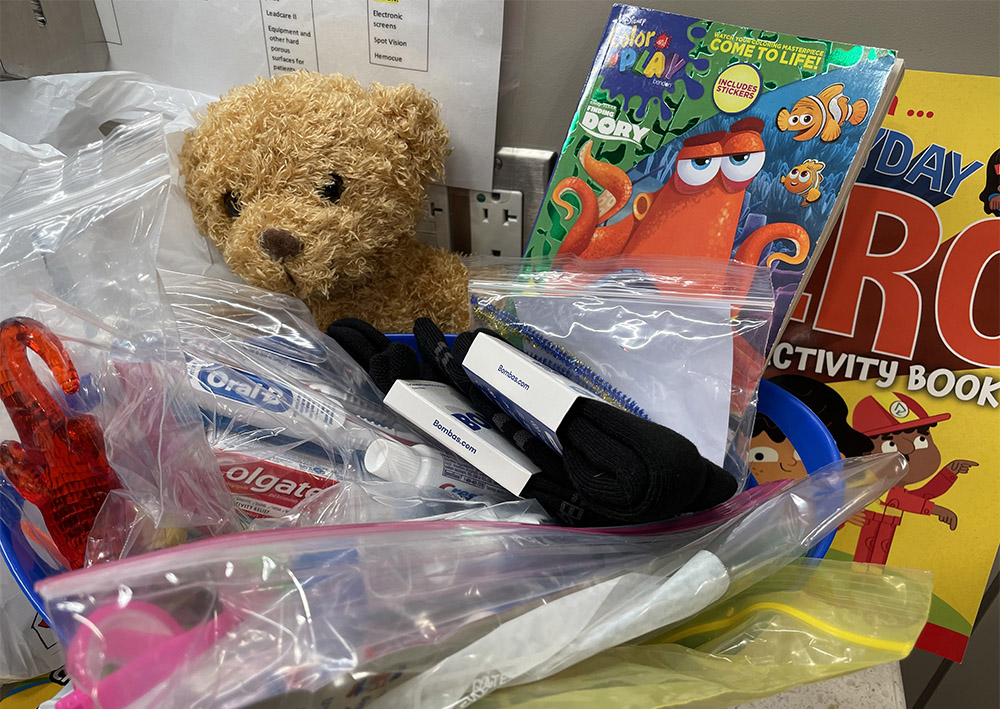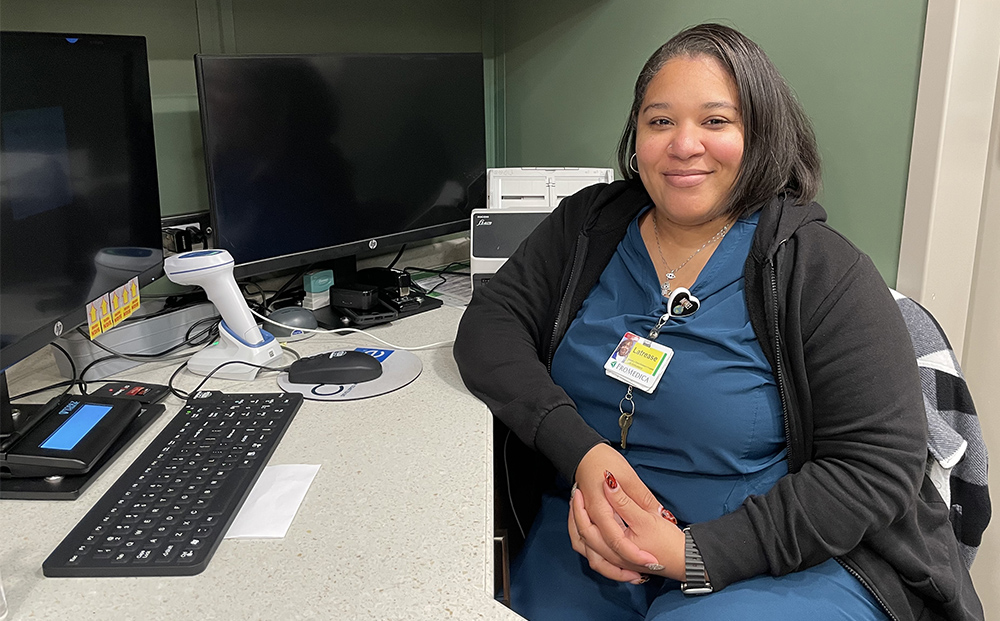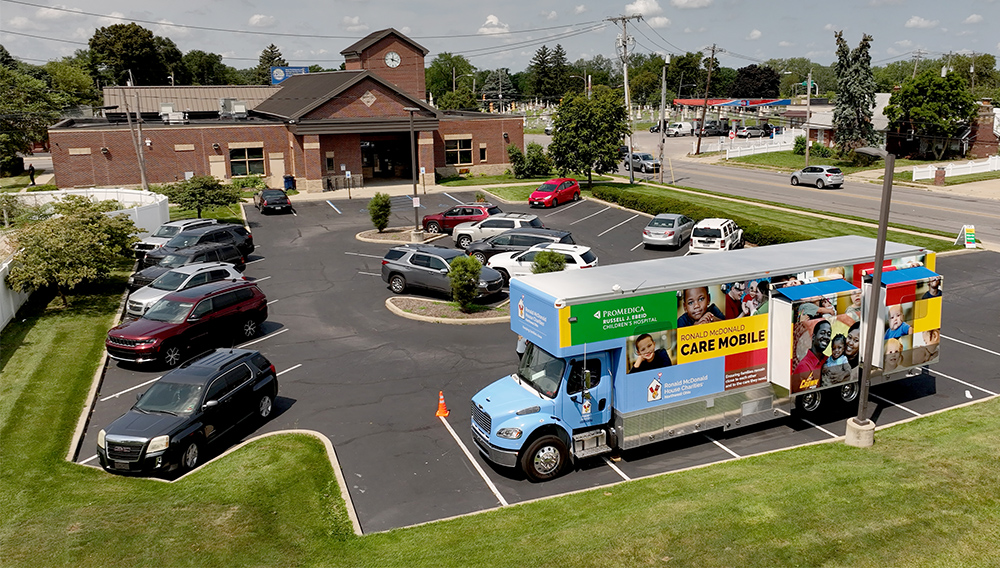At 84, Toledo singer still loves performing, coaching
Story and photos by David Yonke
TOLEDO – Even though she’s been a professional singer for 62 years, Jean Holden still gets butterflies before a concert.
“I’m always nervous. It’s good to be a little nervous. It keeps you on your toes,” Holden said in a recent interview. “It’s good to not be cocky, to not be too self-assured.”
Once she picks up the mic and begins to sing, however, the butterflies disappear, and it becomes clear why Holden is widely known as Toledo’s First Lady of Song.
She displayed her impressive vocal talents and her knack for entertaining a crowd in a sold-out concert at Lucille’s Jazz Lounge on Nov. 23, accompanied by a quartet of stellar local musicians.
“My daughter, Lisa Holden, plays piano and is the musical director of the group. Norm Damschroder plays bass, Chris Buzzelli plays guitar, and Scott Kretzer is the drummer,” she noted. “I feel so grateful to have Lisa play for me. She takes care of everything.”

“She’s a blast,” Buzzelli said of accompanying Holden in concert. “She’s a lot of fun. She still sings great, and her stage presence is first-rate.”
William Dunston III, who mixed the sound for Holden at Lucille’s, said he first handled the soundboard for Holden about two years ago, and the two have since developed a friendship.
“Because she is one of the grande dames of jazz in the city of Toledo, I have to remove myself from the nervousness of doing sound for someone of her stature,” Dunston said. “Whenever she comes into the room, I want her to feel like everything is going to be just how she needs it to be so that she can give the performance that the people came for.”
At 84, Holden still loves performing. “I feel grateful. It’s a blessing,” she said of selling out her show at Lucille’s, which has a capacity of 115 patrons. She singled out many friends, fans and vocal students in the audience, thanking them by name from the stage. It’s obvious they love Holden, and she said, “I love them back.”
“I am still performing, and I’m still coaching as well,” Holden said. “I’ve used all of my vocal training to teach. I enjoy performing, but coaching is my favorite thing. I enjoy sharing with my students, showing them what she can do and watching them grow.”
Her students have included actress Katie Holmes and a number of area singers and pageant contestants. She also served as vocal coach for students in stage productions at the University of Toledo, and has performed in some of UT’s theater shows as well.
Holden was born in McGehee, Ark., on Feb. 2, 1940, and her family moved to Shreveport, La. when she was eight years old. She studied classical music as a child and was formally trained as a mezzo-soprano opera singer, but she also was interested in gospel, country and jazz.


When she was a student at Booker T. Washington High School in Shreveport, she won many vocal competitions in the Texas-Arkansas-Louisiana region.
“I came to Toledo to work with my family at age 17. They owned a dry-cleaning establishment in Toledo – Crown Cleaners,” Holden said. “I worked the counter for them, and that’s where I met the young man that became my husband.”
“I didn’t accept the scholarships that were offered to me (including from The Juilliard School and Oberlin College) because I was in love and I thought being married and having children would be a lot better life.”
She regrets not going to college, saying “I was young and foolish,” but has no regrets about her first marriage, which ended after 15 years. “I don’t regret it because of our two children, Lisa and Jerry; they’re the best thing that ever happened to me.”
Holden said she loves many different styles of music and doesn’t want to be pigeonholed in any one genre.
At Lucille’s, Holden sang such standards as May the Music Never End and Day In and Day Out.
“I sing all kinds of songs. I don’t consider myself a jazz singer. I love everything. It can be country; it can be pop; it can be rock. It can be anything. I have all kinds of things that I do – some ballads, some up-tempo things, some novelty songs. All sorts of things and fun stuff.”


She is known for engaging her listeners, not only with her smooth and supple voice but also with conversation, chatting and joking with her listeners.
“You all look so beautiful,” Holden told the crowd at Lucille’s. “Not one ugly person.”
The audience burst into laughter.
“I go in with the attitude that I like what I’m doing and I pray for guidance – to guide my heart, guide my tongue, give me the right things to say to people,” she said.
Holden arrived in Toledo in the summer of 1956, and sang with the Toledo Opera Association for six years before switching to popular music because it offered greater opportunities for a young black female singer.


She was hired to sing at the Park Lane Hotel in downtown Toledo, where renowned Toledo pianist Stanley Cowell was working at the time. What was supposed to be a two-week stint turned into a two-year engagement at the esteemed venue. Holden has gone on to perform countless music venues in Toledo, other areas of northwest Ohio, Michigan and beyond in her 62 years as a professional singer.
Holden has been honored with numerous awards for her singing talent, including three Lake Erie West People’s Choice Awards for Best Female Vocalist, and in 2000, received that organization’s Lifetime Achievement Award.
She also earned the YWCA Milestones Award for her contributions to the Arts, Education, and Mentoring of young artists, and in 2015 was inducted into the Sylvania Distinguished Artist Hall of Fame.
Holden said she likes using social media because it helps her keep in touch with friends, family and fans. “There’s a lot of stuff that I don’t like on there, but it’s a great way to communicate with people.”
Her next scheduled concert is set for Dec. 18 at Slater’s Food and Spirits in Port Clinton, backed by the Mike Lorenz Trio.
More information on Jean Holden is available on her website, jeanholden.com




